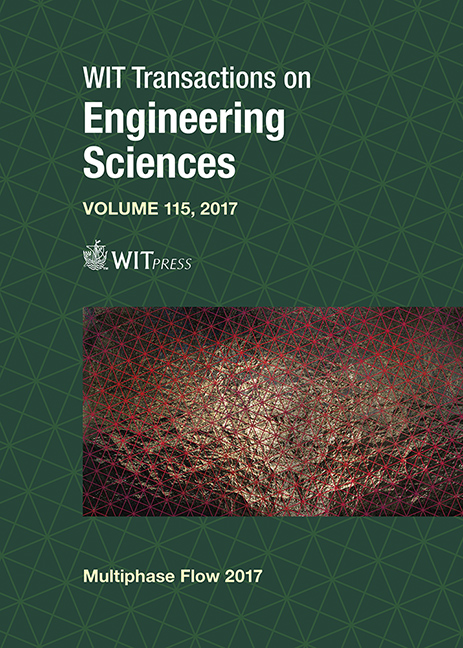MIXING-MODEL SENSITIVITY TO INPUT PARAMETER VARIATION
Price
Free (open access)
Transaction
Volume
115
Pages
12
Page Range
85 - 96
Published
2017
Size
420 kb
Paper DOI
10.2495/MPF170101
Copyright
WIT Press
Author(s)
JOSIAH BIGELOW, HUMBERTO SILVA III, C. RANDALL TRUMAN, PETER VOROBIEFF
Abstract
Amagat and Dalton mixing-models were analyzed to compare their thermodynamic prediction of shock states. Numerical simulations utilized the Sandra National Laboratories (SNL) shock hydrodynamic code CTH [1]. Simulations modeled the University of New Mexico (UNM) shock tube laboratory experimental series shocking a 1:1 molar mixture of helium (He) and sulfur hexafluoride (SF6). Five input parameters were varied for sensitivity analysis: driver section pressure; driver section density; test section pressure; test section density; and mixture ratio (mole fraction). We show via incremental Latin hypercube sampling (LHS) analysis that significant differences exist between Amagat and Dalton mixing-model predictions. The differences observed in predicted shock speeds, temperatures, and pressures grow more pronounced with higher shock speeds.
Keywords
Amagat, Dalton, verification, validation, incremental Latin hypercube sampling, shock tube





